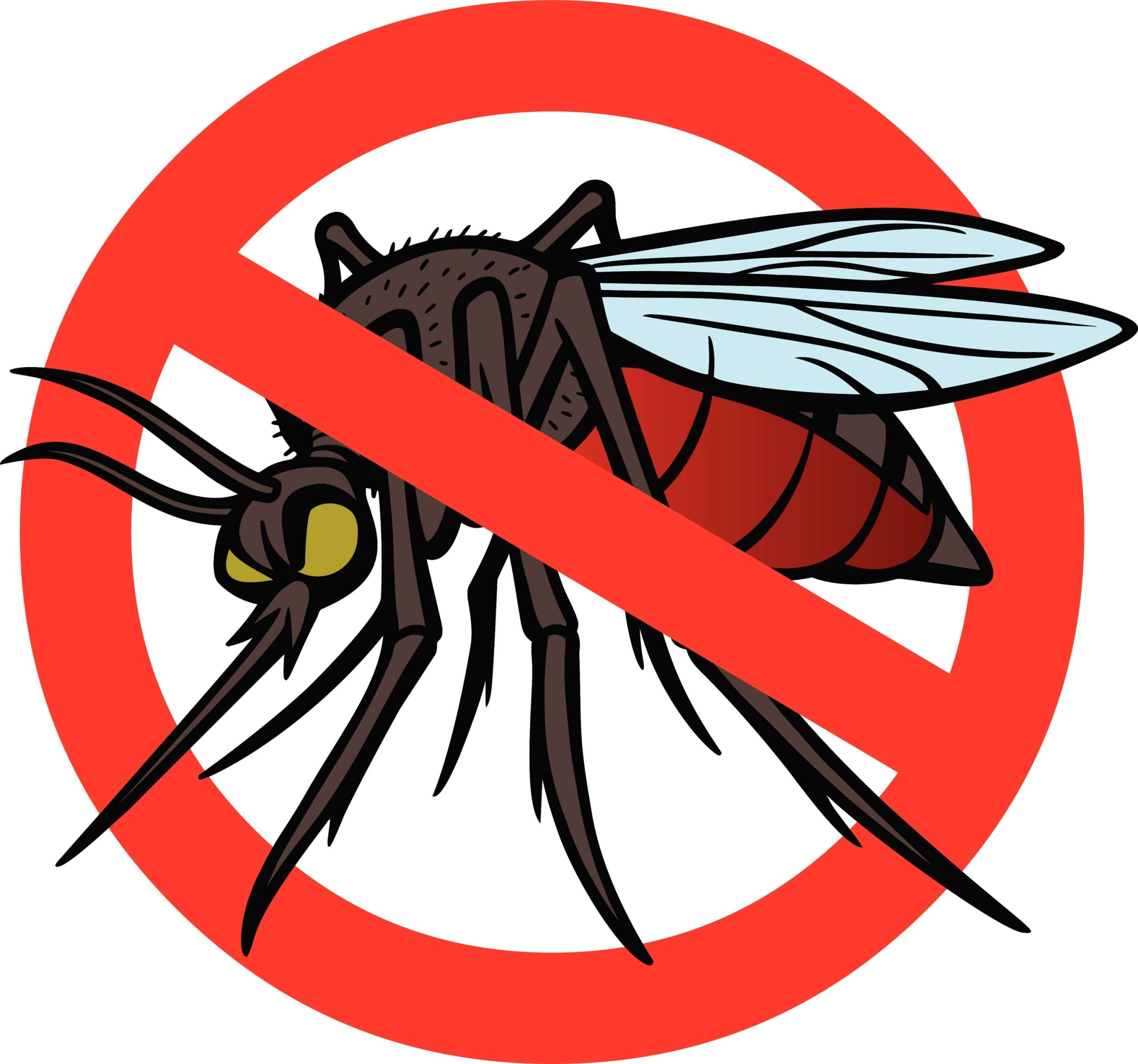
Of Vents and Vermin: How to Keep Pests Out of Your HVAC System
Nature is all around us, but sometimes, it gets a little too close for comfort. Bugs, rodents, and anything with too many eyes and legs that gets into your house can become scary and uncomfortable inconveniences that have to be dealt with. There is a big line drawn between what should be part of your household and what should not, and pests are certainly on the “ew, gross, get the fly swatter” side of that line. In your home you probably use pest control services and other techniques to make sure pests get out and stay out, but there might be one area that’s being neglected: your HVAC system. In this article we will be discussing what kind of ways creatures use your HVAC system as an entry into your home, how you can identify any signs of infestation, and how to keep pests out of your HVAC system.
The Buzz About Standing Water
Mosquitoes require still pools of water to lay their eggs and allow their larvae to develop. Perhaps you’ve already been warned to make sure that you tip over any buckets, wheelbarrows, or other common outdoor items where rainwater can accumulate and create a habitat for mosquitoes to flourish. It’s a very good habit to check your yard for any possible spots mosquitoes might want to use as their breeding grounds, but have you considered checking your air conditioning unit as well? All air conditioning units, from the massive rooftop units that cool factories to the small, efficient heat pumps on someone’s back porch, need proper drainage for the condensation that builds up inside of them. There’s usually a small plastic pipe that leads away from the unit to allow water to flow down and out.
Make sure that your air conditioning unit has a clear space for the water to drain. The water should not accumulate on or near the cement pad that the unit has been placed on (if applicable). Check and make sure the PVC drain pipe is still properly attached as it can get pulled off by curious animals or yard tools like weed whackers. If you see that the water pools and creates a standing puddle, you may want to create a small, simple trench to encourage the water away from the unit and out onto grass or dirt where it will not accumulate. This will help to keep any mosquitoes from thinking that your A/C unit is a good place to start a family.
One Fear: Bed Bugs
When it comes to the spread of bed bugs, HVAC systems aren’t usually part of the story. Bed bugs notoriously latch onto luggage at hotels, which are then brought home by hapless travelers, but did you know bed bugs can crawl from home to home? Life finds a way, and these horrible little creatures are determined to make your home their territory. A neighbor with an infested home can be a threat to yours, so the best action is prevention. It is recommended to place screens over any vents that are on the exterior of your home. This can include the vents that are used to allow air to flow through crawl spaces and basements. You can also invest in flue vent covers that allow the vents to properly work, but keep them sealed against unwanted pets.
Ductwork Dilemmas
The ductwork in your home is meant to be a sealed path that carries conditioned air to where you want it, as well as bring air back to the unit to be heated and cooled. It should be a sealed network, like a subway for air, but sometimes damage can lead to unwanted interlopers entering and causing trouble.
Ductwork can be made of hard metal sheeting or other materials like flexible plastic tubing depending on the needs of your home. These materials are built to last, but over time small shifts in a home or interference from pests can make openings into ductwork. Seams can have gaps open, and flexible materials can tear and leave places for bugs and vermin to enter and wreak havoc. Nobody wants creepy-crawlies using their HVAC system’s ductwork as their own personal freeway.
You can keep an eye out for any possible damage by performing visual inspections of ductwork in crawl spaces, basements, and attics. One of the best ways to make sure duct work remains in working order is to schedule twice-annual maintenance appointments with a local, licensed HVAC service provider. If you’ve noticed any bugs or other pests coming out of your vents, they can do a thorough inspection and see where they’re making their way into your HVAC system’s inner workings.
SEE ALSO: When Good Ductwork Goes Bad
Bugs Begone!
Don’t reach for the nearest shoe and can of bug spray when you can solve a problem at the source. While you should not have to think about the maintenance of your home’s HVAC system every day, it does pay off to take the time every so often and check in to make sure pests are not mounting an attack on your home via the air conditioning unit. Vent screens, removing puddles of still water, and preventative maintenance are all ways to keep nature out where it belongs instead of in your home. No one wants to get the heebie-jeebies each time they hear the A/C turn on, and everyone deserves to have a safe and happy home.


